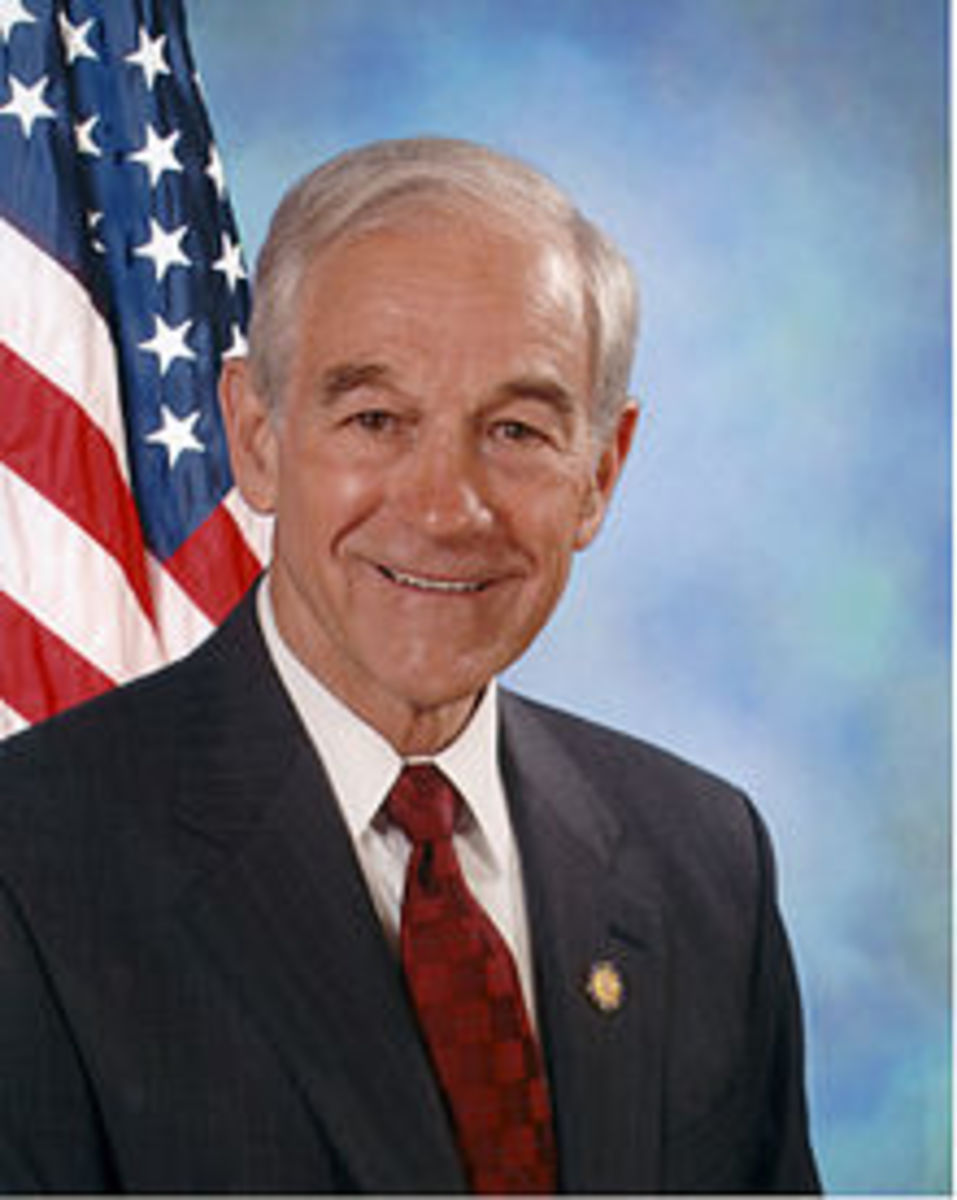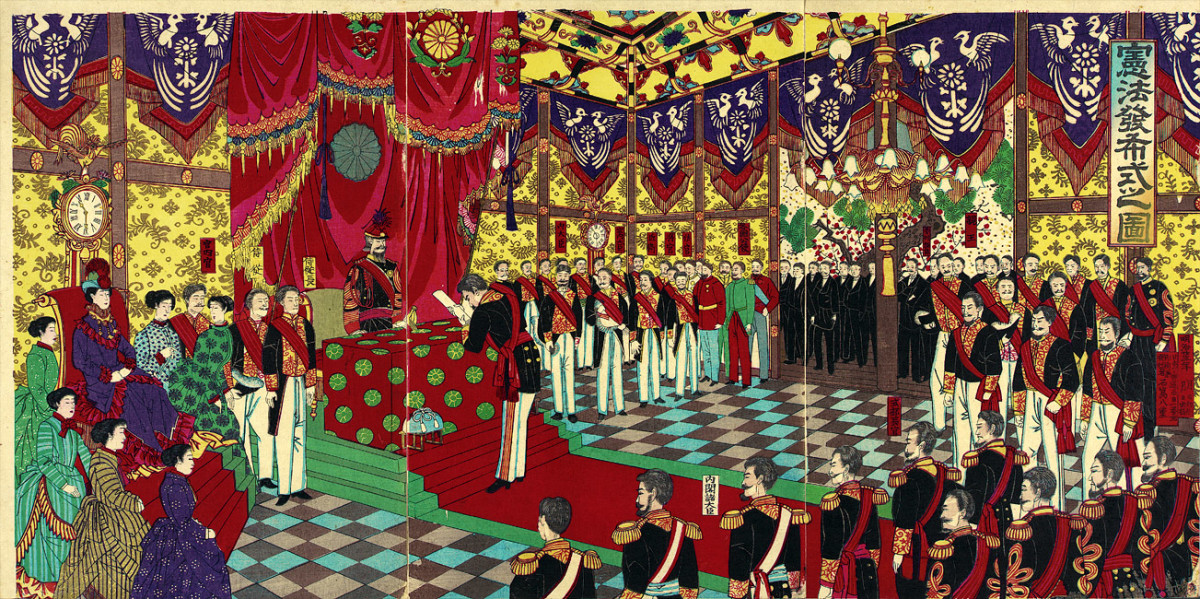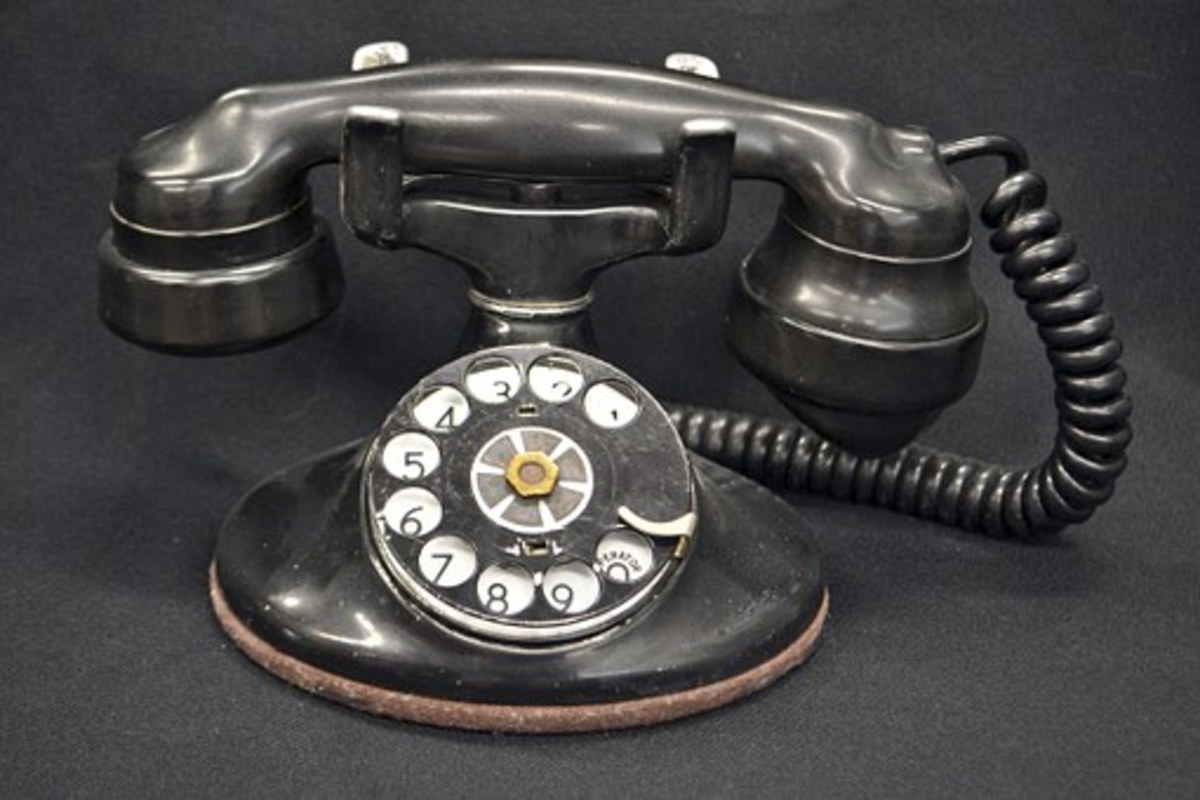The Dismantling of American Liberties - Act I

Homeland Security contradicts the Constitution
Just whom does Homeland Security protect? And from what? These were the questions every American should have been asking when it was first proposed. They are the questions we should be asking every time a new suggestion for altering our freedoms is posed. If the answers are vague, if they are contradictory to our Constitution, if they are limiting in that they only protect a few and not the masses, then we have an obligation to refuse acceptance of them, for we are the keepers of our freedom. It's not a job that can be left up to those we put in office. We put them there because we have a belief in their ability to see that our expectations are met, to act on the issues as we see fit. It is not for them to govern us, but for us to govern them.
If we fail to make our expectations known, if we fail to insist that our wishes be obeyed, then we are at fault. Instead of pointing fingers, complaining that “they” are the failures, we need to be looking to ourselves. What have we, personally, done to ensure the protection of our rights? As individuals, have we written one letter to a government official in an effort to express our wishes? Have we made one phone call? Have we attended one event in the interest of joining our voices to others with a like mind? If the answers are no, then we have failed ourselves and our children.
It began in 1947 with the CIA and their Nazi counterparts
To get a true understanding of how we got to the place in history where an organization, as unconstitutional as the Homeland Security Administration, could gain the power and backing to remove basic human rights from American citizens, one has to take a trip back in time to 1947. During WWII, it became apparent to American leaders that we needed a more centralized way to deal with organizing and implementing military strategies during times of war.
Fearing that President Truman would hold true to his intention to reduce the defense budget, certain government officials, looking to protect their own interests, went about creating and presenting false information regarding the threat of the Soviet Union. Even in peacetime, they maintained, the Red Menace was a very real threat to Americans and our way of life. Using false information gathered from former Nazis hired by the CIA, these individuals convinced the President that a reduced defense budget would be a costly mistake. As a result, the largest reorganization and restructuring of the Federal government, in the history of the United States (at that time), was instigated.
The National Security Act was designed to transfer military power to the CIA
On July 26, Harry S. Truman signed the National Security Act of 1947. The act realigned and reorganized the US Armed Forces, foreign policy, and the Intelligence Communities. The following September 18th, the first Secretary of Defense was confirmed by the Senate. At that time, his power was very limited, making it difficult for him to effectively do his job. Two years later, steps were taken to rectify the situation, creating the Department of Defense.
The Act merged the Department of the Navy with the Department of War, creating the National Military Establishment, which was headed by the Secretary of Defense. It also created a Department of the Air Force, which was separate from the Army Air Forces. When the act was amended in 1949, the National Military Establishment was renamed the Department of Defense. The sole purpose of the National Security Act was to unify the separate military branches into a federal structure.
The Act also established the National Security Council for the purpose of coordinating national security policy in the executive branch and the CIA. It's function was to advise the president regarding domestic, foreign, and military policies in order to create cooperation and efficiency.
While no one is likely to refute the necessity of cooperation and efficiency regarding the gathering, interpreting and handling of information associated with formulating policies, one needs to look at the underlying agenda of those who instigated the reorganization. The ranks of the CIA were filled with former Nazi war criminals, hired by Allen Dulles. Years later, Dulles would be fired by President John F. Kennedy for his failure and refusal to follow direct orders in relation to the Cuban Missile Crisis, resulting in the Bay of Pigs Scandal. In addition to Dulles, George H. W. Bush was an active member of the CIA, though he has continued to deny his role.
Go to Act II .....
If you found this information helpful, please pass it on by clicking the Tweet, Like, or Pinterest button provided at the top of the page.
- The Dismantling of American Liberties - Act II
Part 2 of a three part series aimed at explaining how we arrived at our loss of liberties through deception, manipulation, and greed. The dismantling of our American liberties began in ernest with the inception of the CIA in 1947 and has continued on - The CIA: A Nazi Network
Most Americans aren't aware how the Central Intelligence Agency got its start or who was behind the drive to turn it into an organization for furthering the work begun by Hitler and his Nazi party. Read here, how Nazi war criminals were secretly brou - The New World Order: Not Just Another Conspiracy Theory
The subject of a New World Order has been a recurring theme since the Senior President Bush took office. This article explores the background and foundations of the idea known as the New World Order. - Civil Rights Violations Cited In Lawsuit Against Homeland Security
The ACLU on behalf Of David House, a computer programmer who is a member of the Bradley Manning Support Network, has filed a suit against Homeland Security for the illegal search and seizure of David's personal laptop. They claim that confidential in









